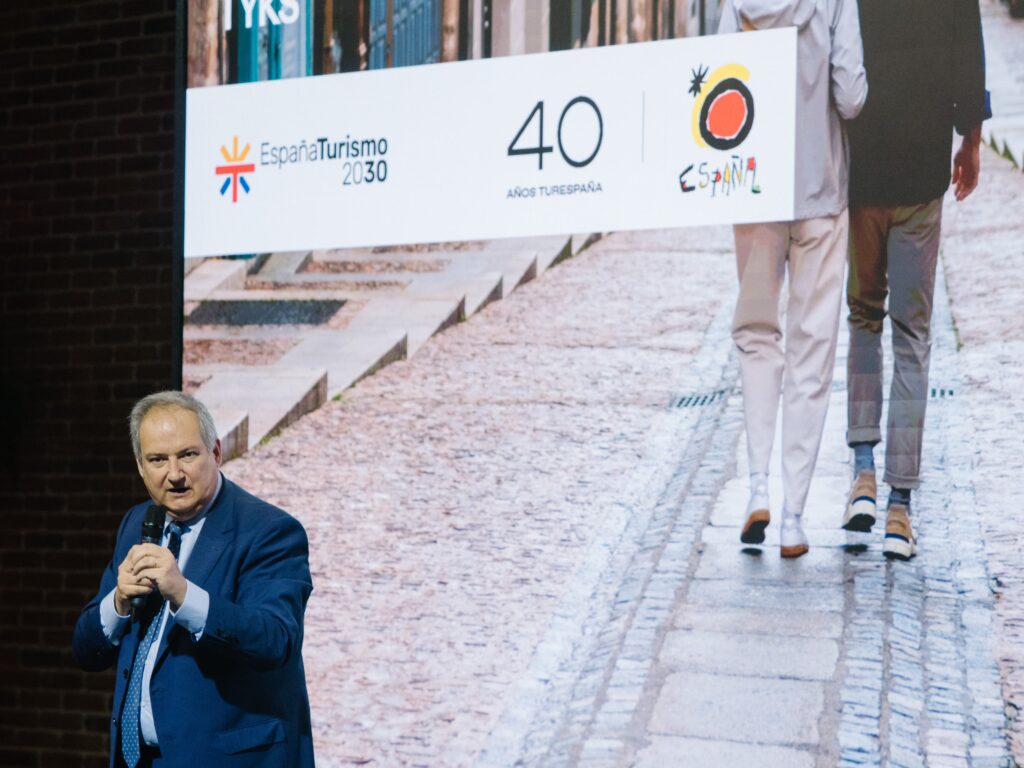Xabier González
The Minister of Industry and Tourism, Jordi Hereu, presented the new TurEspaña campaign on Tuesday, as part of the ongoing transformation of Spain’s national tourism model. In his address, Hereu structured his remarks around three key thematic pillars that define the Ministry’s strategy: sustainability, inland tourism, and the promotion of territorial diversity.
The campaign comes at a time of strong momentum for the sector, following a record-breaking 2024 in which Spain welcomed 94 million international tourists and generated over €126 billion in spending. However, the minister emphasized that the goal is not merely to pursue quantitative growth, but to consolidate a more balanced and higher-value tourism model. In this regard, he highlighted the ongoing process of seasonality reduction: tourism is growing more during the mid and low seasons than in traditionally high-traffic months, signaling real progress toward a more evenly distributed and sustainable model.
Inland tourism, he noted, is experiencing particularly significant growth. Regions such as Castilla y León, Aragón, Asturias, and Extremadura have been at the forefront of this trend, thanks to improved infrastructure, heritage restoration, and the development of cultural, gastronomic, and nature-based experiences that move away from the traditional sun-and-beach model. The new TurEspaña campaign will play a crucial role in showcasing and reinforcing this shift, appealing to a more discerning, conscious traveler eager to discover lesser-known parts of the country.
Sustainability remains a cross-cutting priority. Hereu recalled that since 2018, more than €1.8 billion has been mobilized across over 500 projects through the Destination Tourism Sustainability Plans, in addition to more than €300 million allocated to digitalization and tourism intelligence. These investments—many funded through the European Union’s Next Generation funds—have helped build a network of destinations that not only attract visitors, but also generate real, positive economic impact in their local communities.
The minister also underscored the importance of Spain continuing to project a diverse, modern image that reflects the country’s cultural and territorial richness. While not framed as a formal slogan, he reiterated the need to showcase Spain’s diversity in all its forms: landscapes, languages, traditions, local products, festivals, and heritage. This approach, he explained, is essential for shaping a more inclusive and representative tourism narrative that aligns with the motivations of today’s international travelers.
Coordinated by TurEspaña, the campaign will begin rolling out internationally this autumn in key European and American markets. It will include a series of audiovisual pieces, digital strategies, and institutional initiatives highlighting Spain’s commitment to quality tourism—sustainable, decentralized, and rich in cultural depth.
A new narrative, aimed at strengthening Spain’s leadership in global tourism while staying attuned to the challenges of the future.
